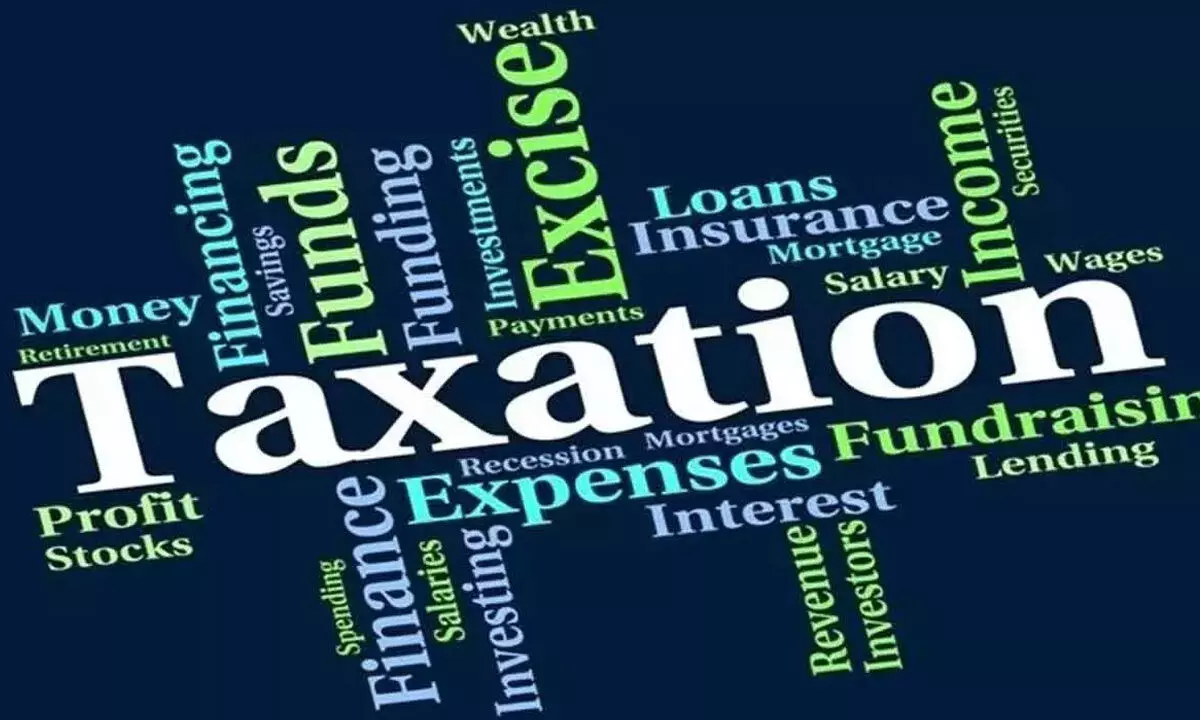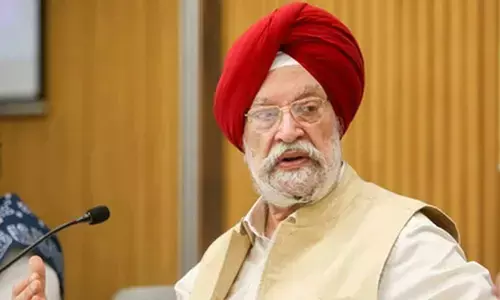Decoding India’s complex taxation conundrums, socio-economic realities

Govt sector spends 56% of India’s spend on R&D, experts favour 3% of GDP
Union Finance Minister Nirmala Sitharaman made a great revelation on August 13that she wished she could bring down taxes to nil, but India needs money to face challenges and fund research and development (R&D) activities.
Since she was speaking at the 11th convocation of Indian Institute of Science Education and Research (IISER), Bhopal, her focus was on government spending on R&D.
According to a report titled ‘R&D Expenditure Ecosystem’, India is far behind several countries so far as its spending on R&D is concerned. The US spends 2.8 per cent of its gross domestic product (GDP) on R&D, China 2.1 per cent, Israel 4.3 per cent and South Korea 4.2 per cent, while our spending is less than one per cent.
However, China’s story is quite motivating. They ratcheted up their R&D expenditure from 0.7 per cent of its GDP in the 1990s to the current 2.1 per cent. It is estimated that China employs 7,38,000 people in R&D sector as compared to India’s 1,58,000. Another thing that needs to be noted is that in India, the government sector accounts for over half of the country’s R&D (56 per cent), while in other countries, government spending is much less — China (15 per cent), Germany (14 per cent), the United Kingdom (seven per cent) and Japan (eight per cent). Many experts feel that India must spend three per cent of its GDP.
As we talk of taxes, I am tempted to refer to the landmark speech of then US President Ronald Reagan, which he delivered on the night of May 28, 1985, on tax reforms.
“My fellow citizens, I’d like to speak to you tonight about our future, about a great historic effort to give the words ‘freedom,’ ‘fairness,’ and ‘hope’ new meaning and power to every man and woman in America.
“I believe the worth of any economic policy must be measured by the strength of its commitment to American families, the bedrock of our society. There is no instrument of hard work, savings, and job creation as effective as the family. There is no cultural institution as ennobling as family life. And there is no superior, indeed no equal, means to rear the young, protect the weak, or attend the elderly. None.Death and taxes may be inevitable, but unjust taxes are not. The first American Revolution was sparked by an unshakable conviction -- taxation without representation is tyranny.
“Two centuries later, a second American revolution for hope and opportunity is gathering force again -- a peaceful revolution, but born of popular resentment against a tax system that is unwise, unwanted, and unfair.My goal is an America bursting with opportunity, an America that celebrates freedom every day by giving every citizen an equal chance, an America that is once again the youngest nation on Earth -- her spirit unleashed and breaking free. For starters, lowering personal tax rates will give a hefty boost to the nearly 15 million small businesses which are individual proprietorships or partnerships,” he said.
Going deeper, Reagan said, “The tax system is crucial, not just to our personal, material well-being and our nation’s economic well-being; it must also reflect and support our deeper values and highest aspirations. It must promote opportunity, lift up the weak, strengthen the family, and perhaps most importantly it must be rooted in that unique American quality, our special commitment to fairness. It must be an expression of both America’s eternal frontier spirit and all the virtues from the heart and soul of a good and decent people -- those virtues held high by the Statue of Liberty standing proudly in New York Harbor.
“Remember, there are no limits to growth and human progress when men and women are free to follow their dreams. The American dream belongs to you; it lives in millions of different hearts; it can be fulfilled in millions of different ways. And with you by our side, we’re not going to stop moving and shaking this town until that dream is real for every American, from the sidewalks of Harlem to the mountaintops of Hawaii.”
Reagan’s words suggest how grand and inclusive was the vision of the US leadership even 39 years back to build a resilient America. A country’s tax system must be in sync with the people’s rising aspirations. It is presently a kind of free-for-all situation.
People with higher income from various sources pay little or no taxes. As per the estimates of the Union Budget 2024-25, income tax contributes 19 per cent to total revenue collection, Union excise duties five per cent, GST and other taxes 18 per cent, corporation tax 17 per cent, customs four per cent, non-debt capital receipts one per cent, non-tax receipts nine per cent and borrowings and other liabilities 27 per cent.
India continues to depend heavily on borrowings and other liabilities as our expenditure exceeds revenue from taxes and other sources. While borrowings help bridge the fiscal deficit and finance development projects, they, at the same time, also create future obligations in the form of interest payments and debt repayments. Reliance on borrowings has to be balanced with fiscal responsibility to ensure long-term economic stability, as excessive debt leads to higher financial burdens on future budgets and constrain economic growth.
How does the government spend its money? The interim Union Budget2024-25 says that pensions account for four per cent of the total budget spending, interest payments 19 per cent, Central sector scheme, excluding capital outlay on defence and subsidy, 16 per cent, subsidies six per cent, defence eight per cent, state’s share of taxes and duties 21 per cent, Finance Commission and other transfers nine per cent, centrally-sponsored schemes eight per cent, while all other expendituresaccount for nine per cent. Unfortunately, we don’t have enough resources to further firm up and expand our healthcare and education infrastructure so that those deprived for ages are mainstreamed at a faster pace.














